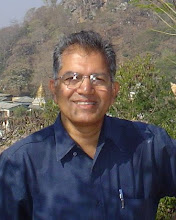The first two turns here are probably one and the same. As Fred Lawrence notes:
Years ago Don Ihde spoke helpfully of two different orientations within phenomenology. The first type of phenomenology takes its bearings from sense perception, and is oriented towards some 'pure' perception. It is typified by Husserl ... and by the early Merleau-Ponty. The second takes its bearings from language, and is oriented toward language-in-use and dialogue. Heidegger, Gadamer, the later Merleau-Ponty, and Paul Ricoeur are key representatives of this type, which is actually hermeneutic philosophy. ("Martin Heidegger and the Hermeneutic Revolution," Divyadaan: Journal of Philosophy and Education 19/1-2 [2008] 15.)Being-in-the-world is being in a linguistic world. One is able to begin appropriating and creating (what Lonergan would call experiencing, understanding, judging, deciding) only within the context of the way down.

No comments:
Post a Comment